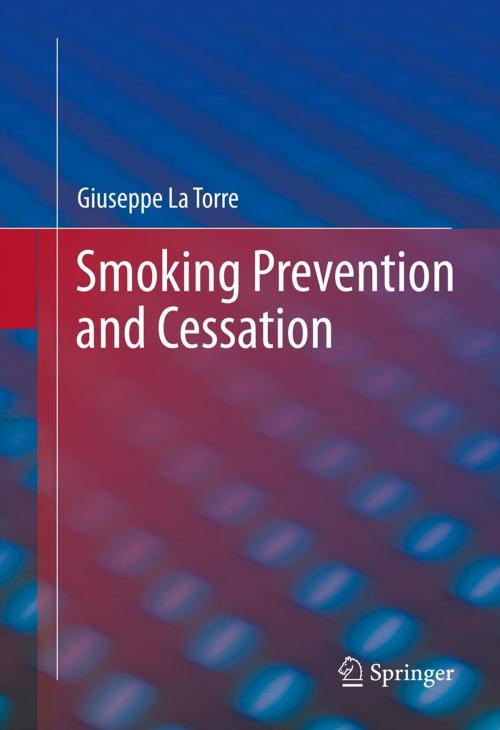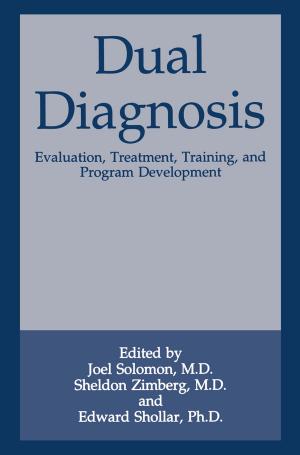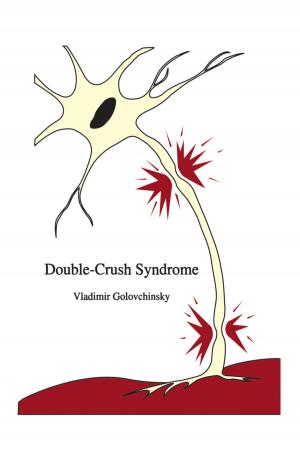Smoking Prevention and Cessation
Nonfiction, Health & Well Being, Medical, Specialties, Preventive Medicine, Psychology, Applied Psychology| Author: | Giuseppe La Torre | ISBN: | 9781461470465 |
| Publisher: | Springer US | Publication: | July 3, 2013 |
| Imprint: | Springer | Language: | English |
| Author: | Giuseppe La Torre |
| ISBN: | 9781461470465 |
| Publisher: | Springer US |
| Publication: | July 3, 2013 |
| Imprint: | Springer |
| Language: | English |
Tobacco smoking is considered the big killer and one of the most avoidable risk factors for many human pathologies. Reducing and controlling tobacco smoking should be a primary aim for a certain population, in order to reduce harms to health caused by this important risk factor, and it seems urgent to adopt intervention tools involved in responsibility fields such as health care, education, politics, economy and media. Among health professionals the prevalence of tobacco smoke is extremely high, more than other professional categories, and this could be partly attributed to a low weight that tobacco smoking has in the medical curriculum of future physicians, that will contribute in a determinant way to healthy choices of their patients. In order to realise that, the medical students need to be adequately trained with the aim of acquire competences and skills that help patients to prevent tobacco smoking and to increase smoking cessation, through a programme oriented to specific issue related to the potential harm of tobacco products. A survey conducted by Ferry et al. in the American Schools of Medicine underlined the lack of courses related to tobacco smoking. Moreover, a randomised trial carried out by Cummings et al., the Schools of Medicine result as the ideal setting to teach smoking cessation techniques to health professionals. The National Cancer Institute in 1992 recommended that primary and secondary prevention interventions on tobacco smoking will become mandatory in the curriculum of Medical USA students. However, until now this recommendation still is far from being fully implemented. The aim of the book is to give an overview on the epidemiology of tobacco smoking among different settings and populations, but with a special focus on health professionals and medicals students, and to show available examples of smoking prevention and cessation training in different settings.
Tobacco smoking is considered the big killer and one of the most avoidable risk factors for many human pathologies. Reducing and controlling tobacco smoking should be a primary aim for a certain population, in order to reduce harms to health caused by this important risk factor, and it seems urgent to adopt intervention tools involved in responsibility fields such as health care, education, politics, economy and media. Among health professionals the prevalence of tobacco smoke is extremely high, more than other professional categories, and this could be partly attributed to a low weight that tobacco smoking has in the medical curriculum of future physicians, that will contribute in a determinant way to healthy choices of their patients. In order to realise that, the medical students need to be adequately trained with the aim of acquire competences and skills that help patients to prevent tobacco smoking and to increase smoking cessation, through a programme oriented to specific issue related to the potential harm of tobacco products. A survey conducted by Ferry et al. in the American Schools of Medicine underlined the lack of courses related to tobacco smoking. Moreover, a randomised trial carried out by Cummings et al., the Schools of Medicine result as the ideal setting to teach smoking cessation techniques to health professionals. The National Cancer Institute in 1992 recommended that primary and secondary prevention interventions on tobacco smoking will become mandatory in the curriculum of Medical USA students. However, until now this recommendation still is far from being fully implemented. The aim of the book is to give an overview on the epidemiology of tobacco smoking among different settings and populations, but with a special focus on health professionals and medicals students, and to show available examples of smoking prevention and cessation training in different settings.















